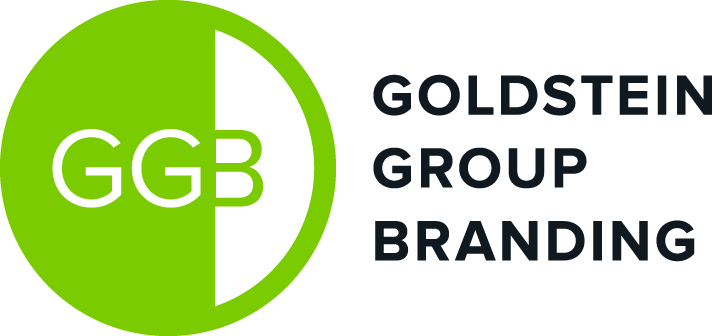Can you move forward with packaging from the past?
Sounds deceptively simple, but packaging a classic brand is, in fact, extremely difficult to carry out with any measure of success. The biggest challenge for marketers is in determining which visuals to move forward and which to leave behind.
“You can make a big mistake by changing something without realizing the real estate it held in consumers’ minds,” Goldstein says.
The goal of a revival, she says, is to make it relevant to people who are original users of the brand and, at the same time, appeal to a new generation of consumers.
In the mid-90s, Goldstein worked with Jeffrey Himmel, CEO of New York’s Himmel Group, to revitalize Ovaltine in what many consider a textbook case of successful brand revival.
“The goal of a revival, she says, is to make it relevant to people who are original users of the brand and, at the same time, appeal to a new generation of consumers.”
3 STEPS TO RESTAGING A BRAND
Terri Goldstein, a Manhattan-based brand consultant who’s worked on Ovaltine, Breck, PAM cooking spray and other classic brands, says marketers can uncover hidden riches and create a significant increase in sales by restaging their brands. The process might also support brand extensions that invite new revenue streams.

With brand discovery, diligence and design, Goldstein says, your brand of the past can be a brand of the future. Here’s her three-step approach:
Step 1: Equity study/emotional probing
Conduct a verbal/visual, historical/equity review to learn what identifiers—color, shape, symbols and language—resonate and hold equity with consumers. If time and budget allow, you might formulate a quick round of qualitative consumer research; does the brand have baggage to overcome?
Color is first in how consumers remember a brand, so you might also conduct a color focus group. Offer participants crayons and ask them to draw your product; their choice of color will reveal insights into their awareness of your brand.
Step 2: Brand relevance to modern times
Conduct a thorough retail audit to determine the brand’s current competitive set (it’s likely very different from the brand’s first-run). Identify who “owns” what visual and verbal components in the consumer’s mind. Determine whether words like “original” or “classic” bring comfort or whether they evoke a feeling that the product is old or outdated. Beyond brand imagery, identify whether a modification to the product formula or package structure is needed.
Step 3: Leveraging assets
Once vital discovery is completed, you have the new product know-how to leverage your assets in ways that match your brand’s personality, essence and reason-for-being. Brands cannot be all things to all people, so it’s important that your primary verbal and visual assets will resonate with core consumers from the past and, at the same time, offer relevance to consumers of today. If a retro brand is restaged right, you can achieve what Goldstein calls a “generational pass,” a word of mouth endorsement by an original user of the brand. The endorsement is priceless, she says, because it often comes from a family member that “knows best”.
Originally published in Brand Packaging Magazine, March 2005




